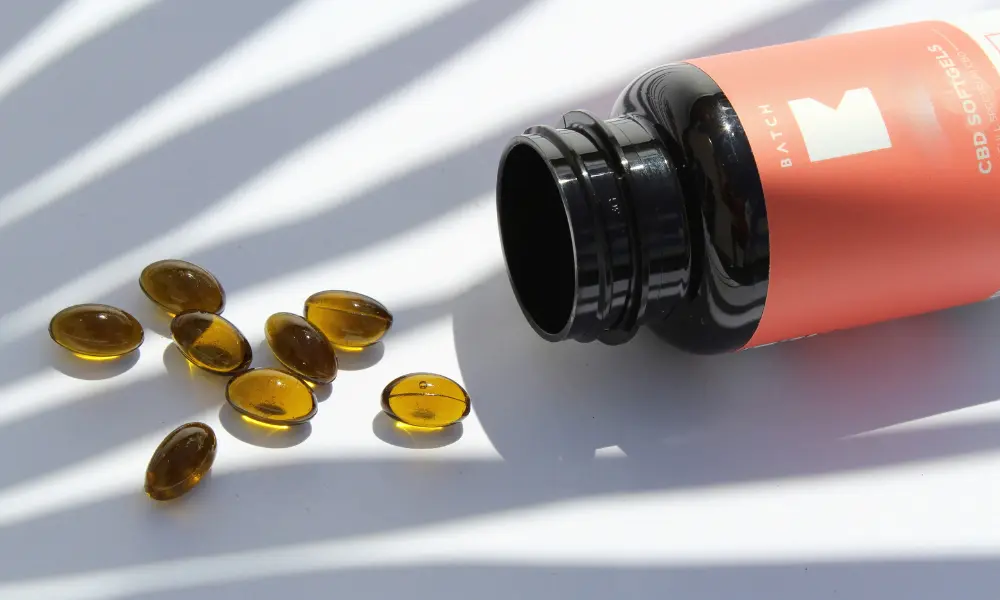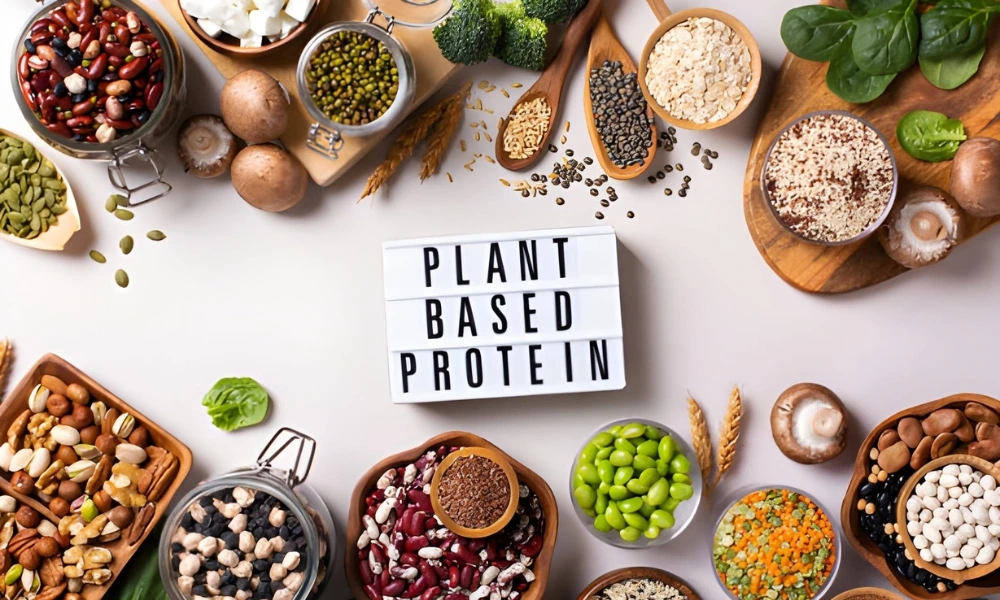Dietary Supplement Labelling Guide: Important Facts Every Manufacturer Should Know

Navigating the dietary supplement industry requires a thorough understanding of labelling regulations to ensure compliance and consumer trust. Manufacturers must adhere to guidelines that dictate the information presented on a product's label, reflecting its safety, quality, and efficacy. The FDA Dietary Supplement Labelling Guide, supplement labelling guide, and US FDA dietary supplements labelling guide serve as comprehensive resources to ensure that labels meet legal standards. Establishing trust begins with transparent labelling, which is fundamental in communicating the benefits and safety of a product.
Key Takeaways
- Accurate, Transparent Labelling is Critical for Compliance and Consumer Trust: Proper supplement labelling—covering ingredients, dosage, allergens, and manufacturer details—ensures regulatory compliance (especially with FDA guidelines) and builds credibility with consumers through transparency.
- The Supplement Facts Panel and Legal Disclaimers Are Mandatory Components: A compliant label must include a Supplement Facts panel, clear usage instructions, and legal disclaimers (e.g., “not intended to diagnose, treat…”). These elements help consumers make informed decisions and protect brands from legal liability.
- Following a Step-by-Step Labelling Process Ensures Market Success: From gathering verified ingredient data to finalizing label layout and packaging, a structured labelling process helps manufacturers meet U.S. standards. Attention to detail, such as font size, expiration date, and claims, ensures safe and effective product presentation in both digital and physical markets.
Understanding Dietary Supplement Labelling
Dietary supplement labelling requirements are crucial in informing and protecting consumers while maintaining regulatory compliance. Supplement product labels must accurately represent the product, including its ingredients, usage instructions, and any health claims. The FDA provides specific guidelines to ensure that manufacturers present information in a clear, truthful, and not misleading manner. These recommendations help manufacturers avoid legal issues and enhance their credibility. Understanding these regulations is vital for anyone in the business of creating custom supplement formulations and packaging solutions, ensuring they meet all necessary standards.
Explore the Key Components of a Dietary Supplement Label
Ingredient List and Sources
An ingredient list provides transparency by detailing all components, arranged in descending order by weight, used in the formulation. By listing ingredients, manufacturers not only comply with regulatory standards but also demonstrate product authenticity and quality. Ingredient sourcing is vital, influencing both the label's content and consumer trust. Presenting this information clearly aligns with the FDA dietary supplement labelling guide, ensuring users are informed about what they consume.
Serving Size & Usage Instructions
Serving size and usage instructions are essential components that guide consumers on proper product intake. This section should clearly indicate the appropriate amount per serving and the recommended frequency of use for optimal benefits. Precise instructions help prevent overconsumption, ensuring safety and efficacy. Compliance with the supplement labelling guide ensures this information is both accessible and understandable.
Supplement Facts Panel
The Supplement Facts panel is a detailed chart that provides essential nutritional information about the product. It includes the serving size, the number of servings per container, and the amount of each active ingredient per serving. Complying with the us FDA dietary supplement labelling guide, this panel is crucial for helping consumers understand the nutritional profile, supporting informed decision-making about their health.
Allergen Information & Warnings
Allergen information and warnings are vital for consumer safety, outlining potential allergens such as nuts, dairy, or gluten contained in the product. Additional warnings for specific health conditions or medication interactions should be included. This transparency aligns with the FDA dietary supplement labelling guide, helping build consumer trust and preventing adverse reactions in those with sensitivities or allergies.
Claims & Disclaimer Statements
Claims and disclaimer statements serve to communicate product benefits while setting realistic expectations. Manufacturers may highlight potential health benefits, but these claims must be substantiated and not misleading. Disclaimer statements clarify that the product is not intended to diagnose, treat, cure, or prevent diseases. Adhering to these practices per the supplement labelling guide ensures ethical marketing and legal compliance.
Manufacturer & Distributor Information
Manufacturer and distributor information provides traceability and accountability, listing the names and addresses of these entities. This transparency fosters consumer trust and enables efficient handling of inquiries or recalls. Accurate and accessible information, adhering to the FDA guidelines, solidifies the product's legitimacy and enhances the manufacturer's reputation.
Expiration Date & Lot Number
The expiration date and lot number on a supplement label ensure product freshness and quality. The expiration date informs consumers of the timeframe for optimal potency, while the lot number facilitates traceability in case of recalls. Including these elements conforms to the supplement labelling guide, reinforcing trust and accountability with consumers.
A Step-by-Step Guide to Creating a Compliant Supplement Label
Gather Accurate Ingredient Information
Gathering accurate ingredient information is foundational for creating a compliant label. This involves verifying the identity, purity, and potency of each component. Ensuring accuracy in ingredient sourcing and documentation supports label transparency and aligns with the us FDA dietary supplement labelling guide. This process safeguards consumer health and upholds regulatory compliance.
Design the Supplement Facts Panel
Designing the Supplement Facts panel involves detailing the nutritional content, such as vitamin information, clearly. This includes specifying serving size, nutrient amounts, and daily value percentages. Following the FDA dietary supplement labelling guide criteria ensures the panel is both informative and compliant, enhancing consumer understanding and confidence in the supplement's nutritional offerings.
Write Clear & Honest Claims
Writing clear and honest claims involves presenting evidence-backed benefits without exaggeration. These claims should truthfully reflect the product's effects, adhering to the guidelines set by the supplement labelling guide. This approach not only maintains regulatory compliance but also fosters consumer trust and credibility in the health supplement manufacturer.
Include Required Legal Disclaimers
Including required legal disclaimers is essential for clarifying the product's intended use. These statements address that the product is not meant to diagnose, treat, cure, or prevent any disease. Adhering to these disclaimers, as guided by the us FDA dietary supplement labelling guide, protects both manufacturers and consumers while setting realistic product expectations.
Finalize Label Design & Packaging Requirements
Finalizing label design and packaging involves ensuring all information is accurately presented according to regulatory standards. This includes proper layout, font size, format, and compliance with the fda dietary supplement labelling guide. Effective and compliant packaging solutions elevate a product's market presence, making it visually appealing and trustworthy to consumers.
Final Thoughts
In conclusion, creating a compliant dietary supplement label requires a comprehensive understanding of regulatory standards and a meticulous approach to detail. Each component, from ingredient lists to legal disclaimers, plays a crucial role in building credibility and consumer trust. Adhering to the FDA's guidelines ensures safety and transparency, ultimately supporting a successful product in the market.
F.A.M.E. Health Labs stands as a trusted partner for health supplement manufacturing services. Our expertise in ingredient sourcing and regulatory compliance offers you the foundation to launch a successful supplement brand in the USA. Whether you need guidance through the FDA dietary supplement labelling guide or want to ensure top-quality packaging solutions, our team is here to support your journey to market leadership.
FAQs
Are there special labelling requirements for supplements marketed to children or seniors?
Yes, supplements marketed to children or seniors may have special labelling requirements to reflect different health needs and safety considerations. It's essential to ensure dosing instructions and warnings are tailored to these age groups, adhering to guidelines to ensure safety and compliance.
Are there specific font size and style requirements for supplement labels?
Yes, there are specific font size and style requirements for supplement labels to ensure readability. The FDA mandates that certain information, like the Supplement Facts, must be legible and prominently displayed, complying with the FDA dietary supplement labelling guide for consumer safety and convenience.
Are there different labelling rules for supplements sold online versus in physical stores?
Labelling rules for supplements are generally consistent for both online and physical stores, but online sales require clear digital display of all label information. This ensures consumers can access the same comprehensive details as they would in-store, maintaining transparency and compliance.




.png)



















.gif)


